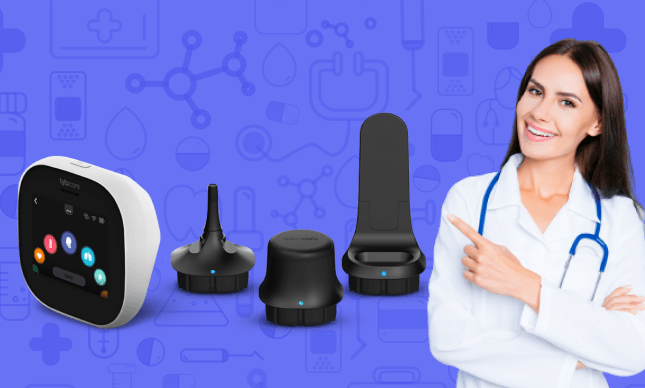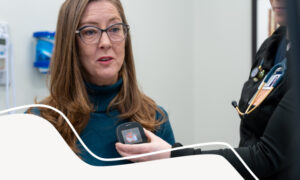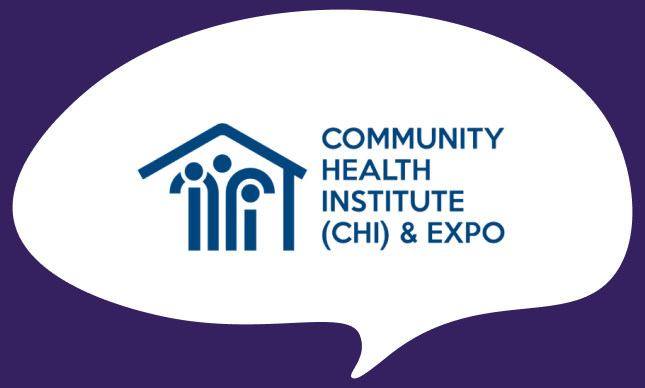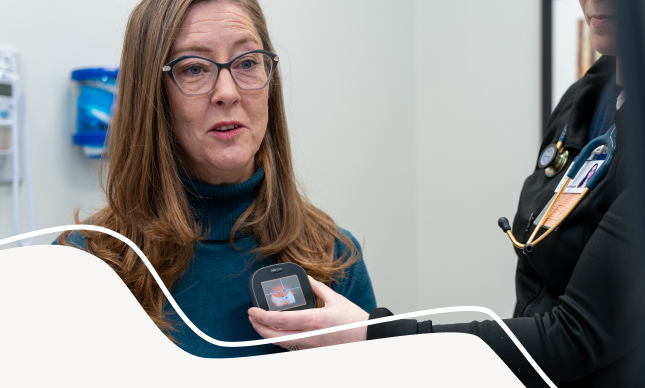The power of trust: first-stop telehealth visit care at pharmacies

Multimed, a leading distribution, and commercialization company that serves the Italian public healthcare market was looking for a socially distant telehealth solution during the pandemic. We had a chance to speak with the team at Multimed to learn about what they were looking for and how their remote program has impacted their business – you can watch more here.
Multimed was not the only healthcare service provider in need of virtual care solutions at that time. According to a McKinsey report, overall telehealth utilization for office visits and outpatient care was 78 times higher in April 2020 than in February 2020.
The need for remote care drove tremendous telehealth adoption and continues to serve as a reliable, trustworthy, and even preferred option for many clinicians and patients. According to a recent ZocDoc report, nearly 20% of all US primary care physician (PCP) appointments were virtual in May 2022.
Higher expectations for telehealth
Of course, much has changed over the past two years. People and providers’ expectations of what virtual care can offer have grown, with both sides expecting bigger and better things from their virtual care solutions.
Healthcare plans, providers, and distributors like Multimed, are now looking for solutions that go beyond ease-of-use and cool aesthetics. They need solutions that capture patient data in order to make accurate diagnoses. In some cases, basic audio and video solutions have led to frustration and distrust from both patients and clinicians, as they struggle to really diagnose and maintain or improve their visit resolution rate.
Going beyond expectations to add new care modalities
Digital health tools that go beyond a phone call or Zoom session can meet these expectations. By providing real value and replicating in-person physical exams, virtual doctor visits with advanced telehealth tools instill a higher sense of trust in digital healthcare. This trust has the potential to expand the use of telemedicine into new modalities.
Once Multimed began using TytoCare in 2021, they were able to see that the solution was reliable and produced better results than ‘traditional telehealth’ in terms of visit resolution and patient satisfaction. Both clinicians and patients were extremely satisfied with the solution, which led to the rollout of TytoCare devices in more than 60 pharmacies in the Veneto region of Italy.
By creating first-stop telehealth care services at pharmacies, pharmacists are now able to connect sick patients directly to clinicians. Patients can now receive their diagnoses and subsequent prescriptions faster. This gives pharmacists the support they need to provide higher levels of care and reduces pressure on primary care physicians and emergency departments by lowering unnecessary utilization. The entire healthcare ecosystem can now benefit from improved care outcomes.
The sky’s the limit for advanced telehealth solutions
Limitations, whether in in-person or remote care, have significant consequences for clinicians, patients, and entire healthcare systems. By having telehealth tools that are advanced and reliable, healthcare facilities will be able to provide real virtual medical care as well as take the next step in care evolution. Multimed began implementing telemedicine solutions in pharmacies – what’s next for telehealth?
Want to learn more about Multimed and their virtual care program? Watch our full conversation with Elena Neri, Multimed Telemedicine Manager, here.





